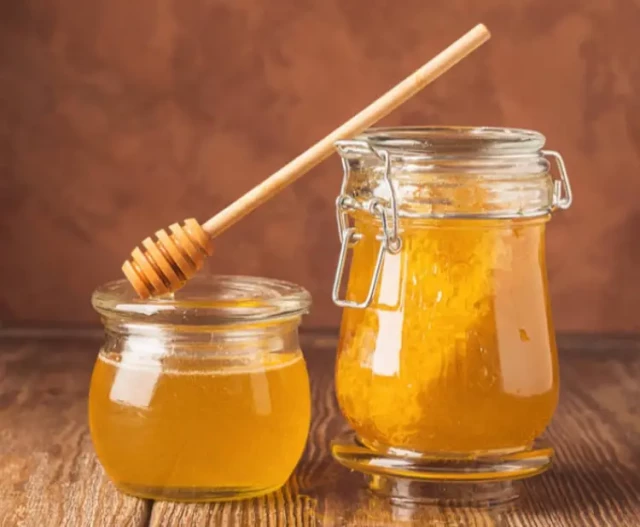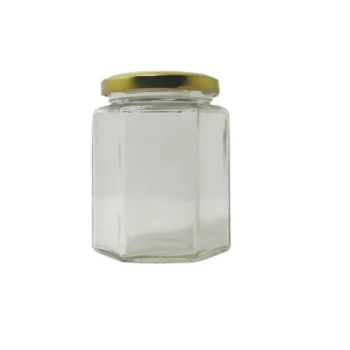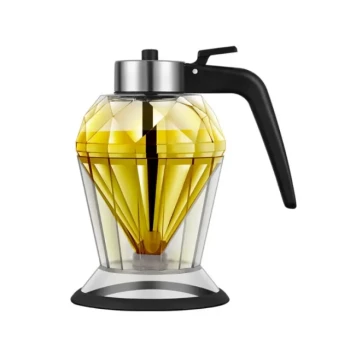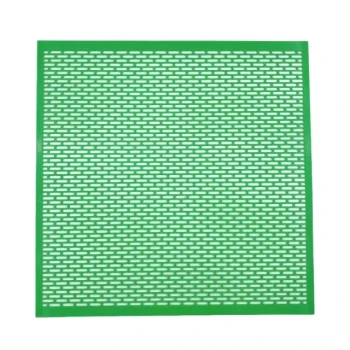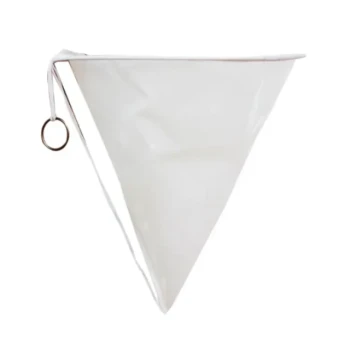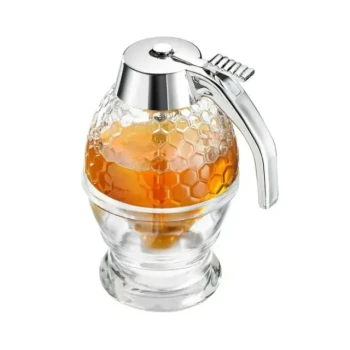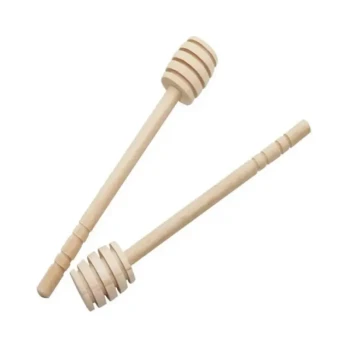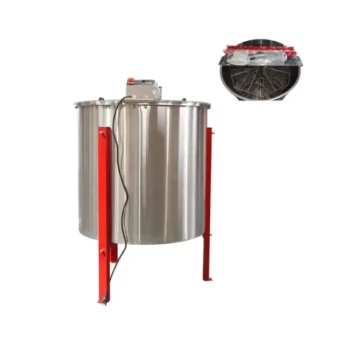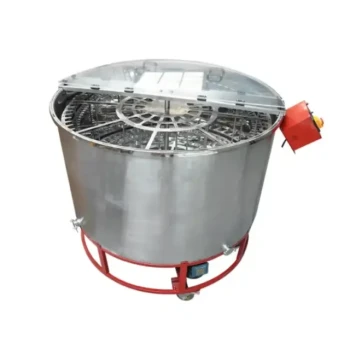Crystallized honey isn't spoiled—it's just science at work. This guide reveals research-backed methods to reliquefy honey while preserving its enzymes, flavor, and medicinal properties, whether stored in glass jars or plastic bottles.
Understanding Honey Crystallization
The Glucose Separation Process
Honey crystallizes when glucose molecules naturally bond together, forming solid crystals. This process varies by:
- Floral source: Rapeseed honey crystallizes faster than acacia due to higher glucose content.
- Storage temperature: Cool environments (50–60°F) accelerate crystallization.
Natural vs. Accelerated Crystallization
- Natural: A sign of raw, unprocessed honey (no added sugars or syrups).
- Accelerated: Occurs in honey stored below 50°F or with high pollen content.
Pro Tip: Crystallization doesn’t indicate spoilage. In fact, it’s a marker of authenticity for raw honey.
Optimal Reliquefaction Methods
Warm Water Bath Temperature Thresholds
A gentle heat approach protects honey’s delicate compounds:
- Fill a saucepan with water heated to 104–113°F (40–45°C)—warm to the touch but not scalding.
- Place the honey container inside, ensuring water doesn’t submerge the lid.
- Stir every 10 minutes until liquefied (typically 20–40 minutes).
Why this works: Enzymes like diastase and invertase degrade at temperatures above 120°F (49°C).
Microwave Techniques (When & How)
Microwaving is riskier but viable for small batches if done cautiously:
- Use low power (30%) in 15-second bursts.
- Stir between intervals to distribute heat evenly.
- Stop once honey reaches a pourable consistency.
Warning: Overheating creates "hot spots" that destroy antioxidants and increase HMF (hydroxymethylfurfural), a compound linked to nutrient loss.
Material-Specific Guidance
Glass vs. Plastic Container Protocols
- Glass jars: Ideal for water baths—heat transfers evenly, and glass won’t warp.
- Plastic bottles: Use shorter heating cycles (plastic deforms at 140°F/60°C).
Preventing Bottle Deformation
- Avoid direct contact with saucepan bottoms.
- For plastic, opt for wide-mouth containers to ease stirring.
Quality Preservation Essentials
Enzymatic Activity Protection
Key enzymes (e.g., glucose oxidase) break down at high temperatures, reducing honey’s antibacterial properties. To safeguard them:
- Limit heat exposure time.
- Store reliquefied honey at room temperature.
Avoiding HMF Formation
HMF levels rise when honey is overheated or stored long-term above 77°F (25°C). To minimize it:
- Never boil honey.
- Use reliquefied honey within 3 months.
Keep Your Honey Perfectly Liquid—Naturally
Crystallization is nature’s way of preserving honey’s goodness. By using controlled heat and material-aware techniques, you can enjoy honey’s full benefits without compromise.
For beekeepers and distributors: HONESTBEE’s wholesale beekeeping supplies ensure quality from hive to table. Explore our equipment designed to maintain honey’s integrity at every stage—because premium honey starts with the right tools.
Got a stubborn crystallized batch? Try the warm water bath first—it’s the gold standard for nutrient preservation.
Visual Guide
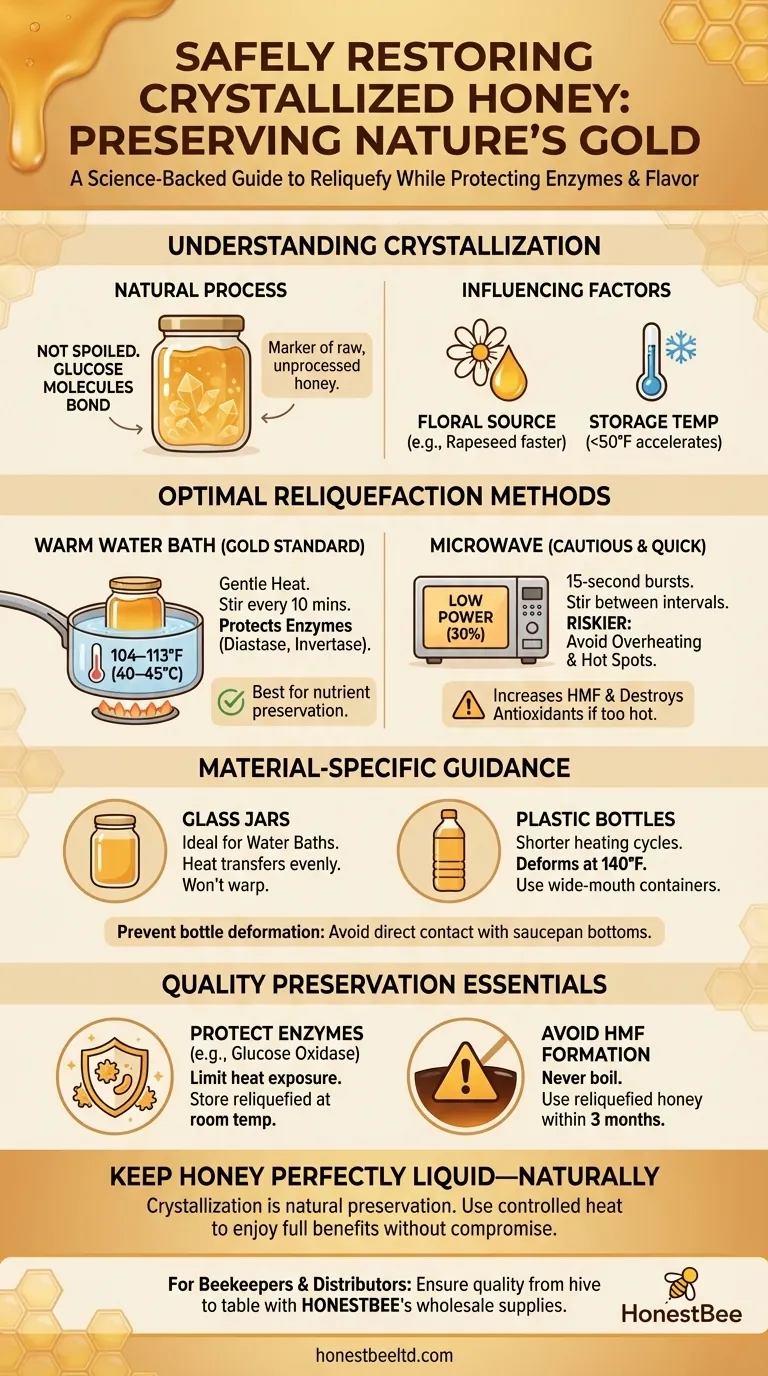
Related Products
- Hexagonal Glass Honey Jars with Metal Lug Caps Elegant Versatile Packaging
- Inverted Squeezable Honey Jar with No Drip Flip Top Cap for Easy Pouring
- Premium Diamond-Faceted Glass Honey Dispenser
- Professional Plastic Queen Excluder for Modern Beekeeping
- High Performance Plastic Queen Excluder for Beekeeping and Apiary Management
Related Articles
- How to Prevent Honey Fermentation: The Science of Moisture Control for Beekeepers
- How Honey Storage Science Preserves Nutrients: Temperature, Light & Container Insights
- How to Choose Honey Storage Containers That Prevent Spoilage and Extend Shelf Life
- Mastering the Craft: A Professional's Guide to Calibrating Your Honey Refractometer
- Raw Honey vs. Processed Honey: Evidence-Based Health Benefits Compared
